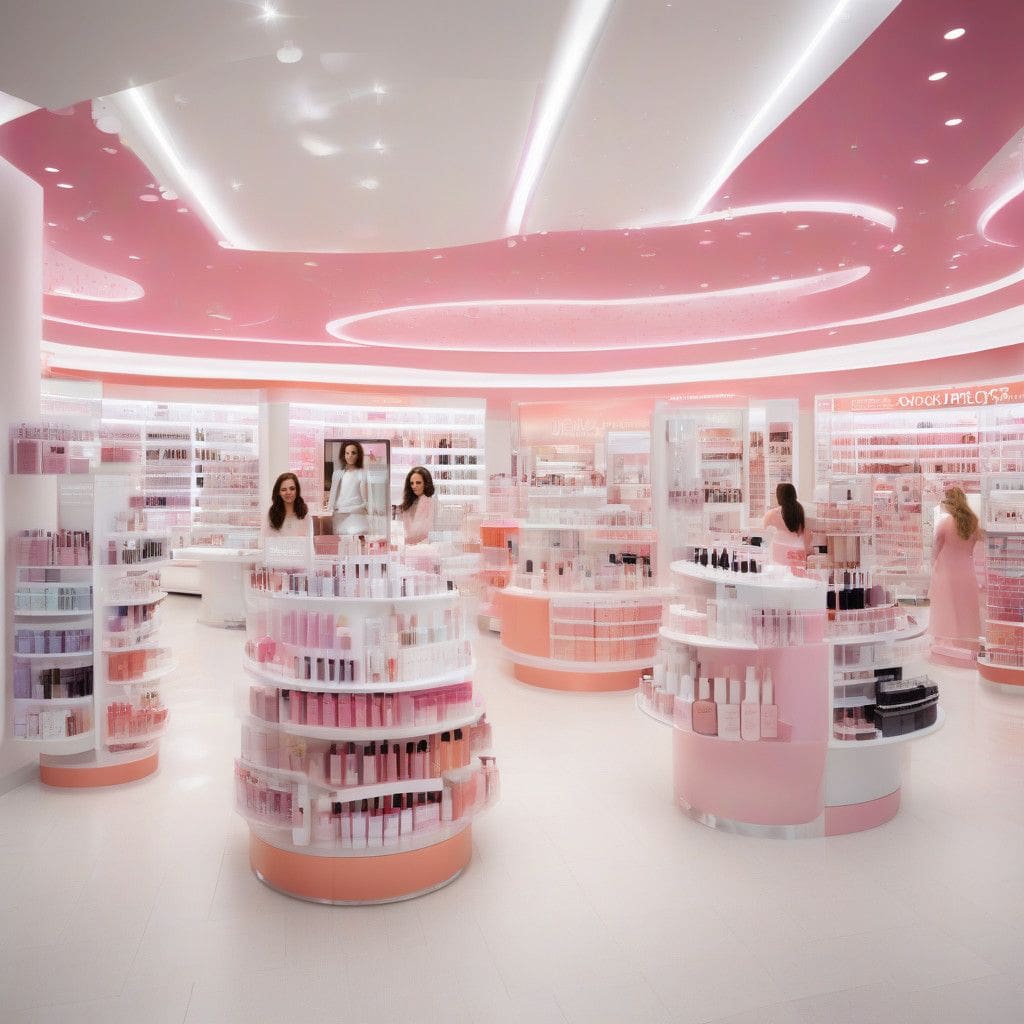As the beauty retail sector adjusts, Ulta Beauty finds itself at a pivotal moment in its business journey. With competitors like Sephora and Amazon rapidly drawing in younger consumers, Ulta’s leadership presented its strategies during the annual Investor Day. The company’s goal is to enhance its relevance among Gen Z and Gen Alpha shoppers and modify its physical store experience to foster loyalty among these demographic groups.
In light of sluggish sales projections for 2024, Ulta’s management outlined a multi-faceted plan designed to rejuvenate growth. For context, Ulta revised its sales outlook earlier this year and anticipates flat growth or slight declines from the previous year’s $11.2 billion in sales. Maintaining competitiveness involves innovative merchandising and an enriched in-store experience, particularly as Sephora expands its presence in suburban locations traditionally held by Ulta.
Understanding the evolving preferences of younger consumers is crucial. Gen Alpha, often referred to as “Sephora tweens,” represents a vital target market for Ulta Beauty. Marked by their affinity for the high-end allure of Sephora’s retail environment, these younger shoppers have gravitated towards brands they see as trendy and sophisticated. For example, influencer-favorite brands—like Drunk Elephant and Glossier—have fascinated this demographic, compelling Ulta to rethink its offerings.
In response, Ulta Beauty’s leadership emphasized several strategic initiatives aimed at improving their customer experience and product assortment. During the Investor Day presentation, CEO Dave Kimbell highlighted the urgent need to revive interest among younger consumers, noting that early engagement in beauty could lead to lasting brand loyalty. Such loyalty could significantly influence their purchasing habits in adulthood.
One of the clear takeaway points from the presentation was the necessity for exclusive brand partnerships. According to industry analysts, Ulta must aggressively compete for new brand launches and harness exclusive offerings to attract this elusive consumer base. CMO Michelle Crossan-Matos articulated a vision for creating an enduring beauty destination that resonates with consumers’ lifelong beauty journeys.
Key aspects of Ulta’s rejuvenation strategy also incorporate enhancing their loyalty program and optimizing their mobile app for convenience and customer engagement. Mobile shopping experiences are becoming crucial, especially among younger consumers who prioritize seamless integration of online and offline shopping. Research indicates that seamless omnichannel experiences significantly improve customer satisfaction and boost sales.
Furthermore, Ulta plans to significantly enhance its physical store experience. Approximately 200 new store openings are on the horizon over the next three years, including in smaller cities where premium beauty retail options are limited. This aggressive expansion plan includes a substantial investment of $692 million in physical store renovations and new services to enhance customer engagement.
Another innovative tactic introduced at the Investor Day was the recent launch of Mini Brands—miniature versions of their signature products. This initiative taps into Gen Alpha’s enthusiasm for collectibles, paving the way for more frequent in-store visits and purchase interactions. It speaks not only to their purchasing preferences but also to their social dynamics, where sharing items with peers adds another layer of appeal.
As Ulta positions itself amid stiff competition, it must also contend with Amazon’s encroachment into the beauty market. Analysts emphasize that as Amazon expands its portfolio to include more prestige brands, traditional retailers like Ulta will face increasing pressure to innovate and differentiate.
To combat potential consumer migration to online platforms, Ulta plans to leverage its e-commerce site as a testing ground for new products, enabling more extensive assortments beyond what can be offered in brick-and-mortar stores. The dual strategy of exclusive in-store offerings paired with an expanding online presence could fortify Ulta’s competitive edge.
The overhaul of Ulta’s offerings and consumer experience reflects a broader shift within the beauty industry, which continues to grapple with changing consumer behaviors and preferences. By directly addressing the needs of younger consumers and investing in their shopping experience, Ulta Beauty aims to restore its growth trajectory as it navigates this competitive landscape.
In summary, Ulta Beauty’s ambitious turnaround plan is a comprehensive attempt to recapture relevance among emerging shopper demographics. With innovative product offerings, a reinvigorated in-store experience, and strategic expansion plans, the company is focused on securing its future in an ever-changing retail environment.












